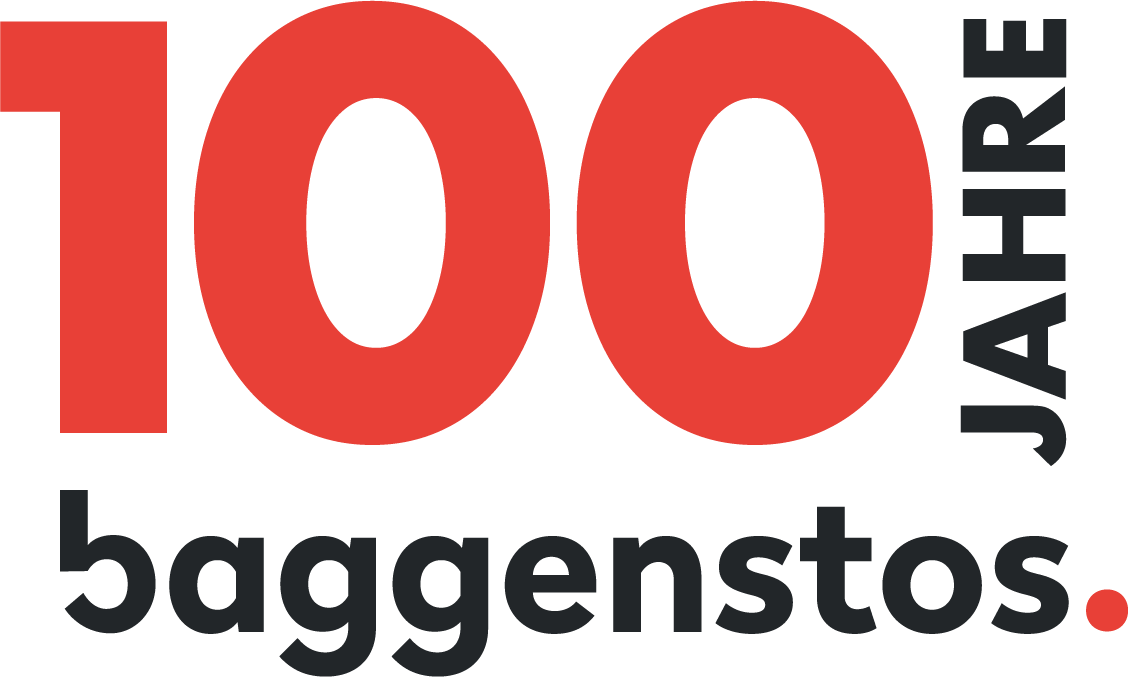Customer profile
Because Priora AG's existing ICT outsourcing no longer met the requirements of the real estate company, their "Future Mode of Operations (FMO)" project came into being. Project management was assigned to the consulting firm ProjectCompetence. With Baggenstos as integration and outsourcing partner, the challenging ICT migration project succeeded according to plan. In the subsequent outsourcing using the Baggenstos Total Care model, significant savings and qualitative improvements were achieved.
With over 450 employees across nine locations, Priora AG, which has been a subsidiary of the Eiffage Group since March 2018, is one of the leading real estate service providers in Switzerland.
Thomas Jeisy, CIO at Priora, explained the reasons for the "Future Mode of Operations" project in an interview with Jörg Rüdiger:

Mr. Jeisy, what were the motivations for the Future Mode of Operations project?
Thomas Jeisy: There were two strategic objectives: firstly, to increase the stability of all IT systems coupled with improved flexibility, and secondly, to reduce the costs.
Does this mean that these criteria were previously unsatisfactory?
I have to go back a little. Priora used to have its own IT department. When it was fully expanded, it had around ten people who were responsible for all of the IT services in-house. Then it was decided to outsource everything to a single provider who was responsible for everything. The main purpose of this step was to avoid problems with interfaces or in the event of an escalation. At the same time, it was assumed that, due to the size of the provider, the processes would be very structured and highly adept solutions would be implemented in terms of technical know-how.
And this goal was not fulfilled?
Even then - that was before my time - the goal was to reduce costs by taking this step. In fact, however, the costs have risen continuously. And above all, the flexibility we were used to from our in-house IT has been lost. This aspect is a very important criterion, especially in the construction industry with all its dynamics. In the end, all of these factors were the triggers for launching a new "Future Mode of Operations".
What were the new goals in terms of content?
The outsourcing strategy was still in place, but conceptually based on a multi-vendor system. We also wanted to work with smaller providers rather than just one. Our goal was not to be one of the provider's smaller customers, but to be one of the its largest and thus achieve a certain gravity.
How long did Priora pursue its single-vendor strategy?
Actually only 2.5 years, but certain contracts naturally extend over a longer term.
So the strategic outsourcing decision was not in question?
No, it was never up for discussion.
Can you briefly describe the most important milestones of the project?
After the concept was conceived, we conducted a detailed needs assessment together with Project Competence and discussed exactly what we really needed or what would be nice-to-have. The aim was to analyze exactly how we run our business within the various business units, some of which employ completely different business models, and what requirements existed where. All of this had to be reconciled. During the second phase, the importance of the vendor and the assigned tasks were discussed. It became clear relatively quickly that the most important service we needed to provide was first-level support - and this led directly to the decision that the responsibility for first-level support must lie with the same vendor that supplies all the software and hardware for the workstations. The third phase included all the invitations to tender, discussions with suppliers and the selection of vendors for the various areas of responsibility. We also decided to split telephony among the suppliers between mobile and VoIP.
How did you choose the suppliers?
We set up a detailed selection system, designed a questionnaire with evaluation systems and conducted structured interviews. In this way, we wanted to ensure that the goals we had set ourselves could truly be achieved in the long term. In the beginning we started from scratch, meaning the former operator could of course also apply.
You then chose Baggentos as the lead vendor. Why did you choose Baggentos?
The main reason was actually the systematic evaluation. It must also be said that Baggenstos was not necessarily the cheapest, purely in terms of pricing. But it is the ideal partner for us in terms of the relation between costs and services, in terms of the evaluation of other criteria and also in terms of the size of the company.
So, if an employee at Priora has an IT problem, will they in future call the Baggenstos service line directly?
In principle, yes. We have set up an internal 'power user' system to accompany this, meaning specially trained operational staff working in every business or branch office, who enjoy a more direct access to the provider. This is particularly effective when it comes to small things such as a non-functioning mouse.
And if on-site services are required?
When we changed the "Future Mode of Operations", it was always clear that we needed a minimum of IT staff and skills in-house, not for first-level support, but instead for contract and supplier management, or 2nd-level support, especially when it came to specialist applications or specialized problems.
Were there any important decisions made during the planning phase?
It was clear relatively quickly that we would not switch from the old vendor to the new one in one fell swoop, but would instead tackle the issue in stages: Roll out first-level support with new hardware first, then migrate the network and in the third phase followed the applications and servers. The fourth phase would actually have included mobile telephony. But then we realized that with mobile we could be operating much faster and migrated this directly following first-level support.
Can you name a few key figures regarding the migration?
Almost 400 clients, three physical and 26 virtual servers on our newly established Hyper-V farm were included. And then of course the telephony, network and Internet across our nine locations.
What was the time schedule for the project?
We started in 2016, and in the first quarter we contacted Project Competence and asked them for support regarding the re-outsourcing. We started the actual project in the summer of 2016, with the allocation of the phases, planning of the procedure, the conception of the tender, etc. The project therefore lasted almost 2 years.
Looking back, what was the biggest challenge in this project for you?
Based on the previous history, it was clear to me relatively quickly that the major sticking point was our employees - due to the inflexibility experienced and the lengthy reaction times. And now another migration! It was therefore important to do everything possible, firstly to allow the concerns of the employees to flow directly into the project and secondly to disturb them as little as possible in their daily business. A system interruption, for example at 1 p.m., was therefore a no-go right from the start. Accordingly, we always carried out all shutdowns at night or on weekends. The decision to equip all employees who went to the construction sites with new mobile devices, such as laptops with LTE modules, when the new hardware was rolled out was certainly a supporting factor.
Does this imply active communication with your employees?
That was certainly a very important aspect throughout the entire project.
What is the current status of the project?
We are actually finished, at least to around 99%. This has to do with the fact that we are not yet completely satisfied with a specific software solution in terms of performance.
And have you been able to achieve the set goals?
Absolutely. We were able to reduce our IT operating costs by more than 30% overall, in some IT areas even well over 50%. And even with first-level support we are now 10% cheaper. This of course is an unbelievably positive result. And there are, for example, the comparatively lower costs of mobile telephony, among other things, which have already been eliminated.
What about the objectives of flexibility and stability of the systems?
We measure the tickets, when, by whom and on which topics they are issued, with which result and over what time span. We have made huge progress in this area, as I can tell from discussions with the employees. And it is also evident in the more urgent issues, which Baggenstos usually tackles directly.
The project objectives have been achieved. How great has been the input of Project Competence?
In my view, Markus Hegi has provided the greatest impetus with the specifications, effective project management, the recognition and implementation of visions and also with the conceptual and strategic inputs.
Sounding satisfied, what else remains to be done?
We still have to implement the one percentage point mentioned at the beginning, but that actually no longer has anything to do with the "Future Mode of Operations". Since we were also recently sold as Priora AG from within the entire group, the contract and supplier management will be reorganized accordingly and Markus Hegi will also be involved in this in future.
Mr. Jeisy, thank you very much for the interesting and open discussion
© 2018. Project Competence
Interview: Jörg Rüdiger, www.jrkm.ch
